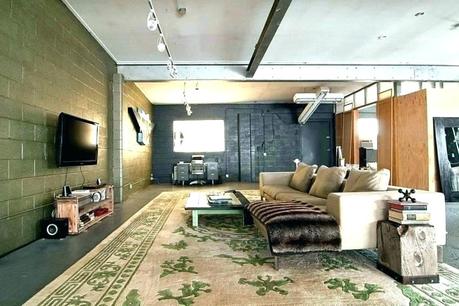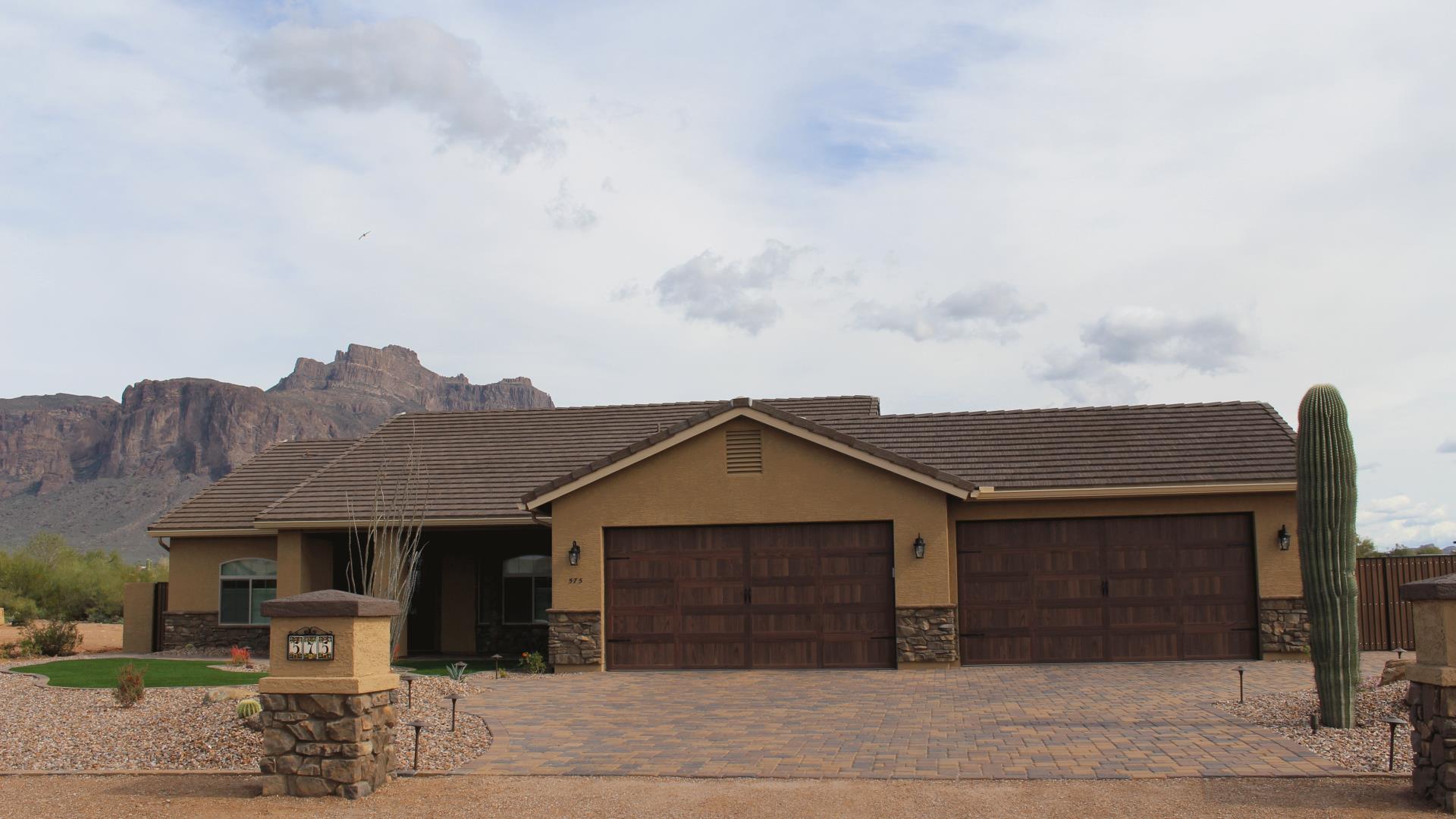
Garage conversions are a good option for anyone who is thinking of adding an extension to their home. This is a great way for extra living space to be added without having to live in a cramped room. You can convert it into a lounge, kitchen or home cinema. Before you decide to make your garage a living space, there are many things to think about.
The first thing to keep in mind is that a garage is a built-in living space, so you need to plan accordingly. If you intend to convert it into a home theater, an HVAC system will be required. You should also consider the laundry area.
You may be able add a wet area and laundry area depending on how big your garage is. These rooms make excellent places to do your laundry, and they are convenient to get to, too. Even better, you'll be able to enjoy the benefit of having a bathroom when you need it.

A garage can also be used as a bar. This type of room is great for socializing, and you'll only need a couple of comfy chairs, plus a decent sound system.
A garage can be used as an exercise area. It might be possible to convert it into a shower room for a fitness fan. You can even use garage design software to plan the best way to make it work.
For a full-on garage-to-living-room transformation, expect to spend anywhere from $45,000 to $75,000. Your exact cost will depend upon the type and extent of your conversion. A permit is required in most states before construction can start. This means that you will need to have a clear picture of what you are trying to accomplish.
A garage conversion is not the cheapest way of making home improvements. However, it will increase the value of your home. As long as you choose a reputable contractor and stick to your budget, your dream living space can become a reality in no time.

In addition to its obvious benefits, a garage-to-living-room conversion is one of the cheapest ways to get more square footage in your home. You can use your garage to create more space for your family or your spouse. You might be surprised to learn that converting your garage in to a living space is not as difficult as you think.
The most important part of a garage-to-living-room transformation is making sure your new space is functional and aesthetically pleasing. A well-kept garage can make your home more pleasant, whether it is a kitchen-diner or a bar area, a bedroom or a cinema room. So, what's holding you back from converting your garage into your own private haven?
While a garage-to-living-room remodel isn't for everyone, there are plenty of cases where it makes a lot of sense.
FAQ
How long does it take to remodel a bathroom?
Remodeling a bathroom typically takes two weeks to finish. This depends on the size and complexity of the project. Smaller jobs, such as adding a shower stall or installing a vanity, can be completed in a day or two. Larger projects such as removing walls, laying tile floors, or installing plumbing fixtures may require several days.
As a general rule, you should allow at least three days for each bedroom. So if you have four bathrooms, you'd need 12 days total.
What should I do with my current cabinets?
It all depends on whether you are considering renting out your home or selling it. If you're planning to sell, you'll probably want to remove and refinish the cabinets. This gives buyers a feeling of newness and allows them to visualize their kitchens when they move in.
However, if you want to rent your house, you should leave the cabinets alone. Tenants often complain about having to clean up dishes and fingerprints from previous tenants.
You can also consider painting the cabinets to make them look newer. Be sure to use high quality primer and paint. Low-quality paints can peel off over time.
Remodeling a kitchen or bathroom is more expensive.
Remodeling your bathroom or kitchen is expensive. It is worth considering the amount of money you spend on your energy bills each monthly.
An inexpensive upgrade can save you thousands of dollars every year. A few simple changes, such as adding insulation to walls and ceilings, can reduce heating and cooling costs by up to 30 percent. Even a simple addition can increase comfort and reduce resale costs.
It is crucial to consider durability and ease of maintenance when renovating. Solid wood flooring, porcelain tile, and stainless steel appliances last longer than vinyl and laminate countertops and require less maintenance.
It is possible to reduce utility costs by replacing older fixtures with more modern models. By installing low-flow faucets, you can lower your water usage up to half a percent. You can reduce your electricity consumption by replacing inefficient lighting bulbs with compact fluorescent lights.
How do I know if my house is in need of a renovation?
First, consider whether your home has been updated in recent times. It may be time for a renovation if your home hasn't been updated in a while. A remodel may be a better option if your house looks like new.
Your home's condition is also important. It's possible to renovate your home if there are holes in the walls, peeling wallpaper or damaged tiles. It's possible to remodel your home if it looks good.
Another factor to consider is the general state of your home. Are the structural integrity and aesthetics of your home? Do the rooms look good? Are the floors clean? These are crucial questions when deciding on the type of renovation to do.
How much would it be to renovate a house vs. what it would cost you to build one from scratch?
The process of gutting a house involves removing all contents inside the building. This includes walls, floors and ceilings, plumbing, electrical wiring and appliances. It's often necessary when you're moving to a new house and want to make changes before you move in. The cost of gutting a home can be quite expensive due to the complexity involved. Depending on the job, the average cost of gutting a home is between $10,000 and $20,000
A builder builds a house by building it frame by frame. Then, he adds walls and flooring, roofing, windows and doors. This is often done after purchasing lots of land. Building a home is normally much less expensive than gutting, costing around $15,000-$30,000.
It comes down to your needs and what you are looking to do with the space. If you want to gut a home, you'll probably need to spend more because you'll be starting over. However, if you want to build a home, you won't have to worry about ripping everything apart and redoing everything. You can design it yourself, rather than waiting for someone else.
What is the difference between a remodel and a renovation?
Remodeling is the major alteration to a space or a part of a space. A renovation refers to minor changes made to a particular room or area of a given room. For example, a bathroom remodel is a major project, while adding a sink faucet is a minor project.
Remodeling involves the complete or partial renovation of a room. A renovation is only changing something about a room or a part. Kitchen remodels can include changing countertops, sinks, appliances and lighting. You could also update your kitchen by painting the walls, or installing new light fixtures.
Statistics
- $320,976Additional home value: $152,996Return on investment: 48%Mid-range average cost: $156,741Additional home value: $85,672Return on investment: (rocketmortgage.com)
- According to a survey of renovations in the top 50 U.S. metro cities by Houzz, people spend $15,000 on average per renovation project. (rocketmortgage.com)
- 5%Roof2 – 4%Standard Bedroom1 – 3% (rocketmortgage.com)
- Following the effects of COVID-19, homeowners spent 48% less on their renovation costs than before the pandemic 1 2 (rocketmortgage.com)
- 57%Low-end average cost: $26,214Additional home value: $18,927Return on investment: (rocketmortgage.com)
External Links
How To
How to Remove Tile Grout from Floor Tiles
Most people don’t realize they use tile grouting. It is used for sealing the joints between tiles. Many different types of grout are available today, each using a specific purpose. We will demonstrate how to remove grout from tile floors.
-
Before you start this process, make sure that you have all the necessary tools. A grout cutter, grout scraper and some rags are all essential.
-
Now, you will need to remove any dirt or debris from under the tile. The grout cutter can be used to cut the grout and remove any loose tiles. You should not damage any tiles.
-
After you've cleaned up everything, grab the grout scraper to remove any grout. If no grout is left over, you can proceed to step 4.
-
Now you can get on with the next step. Soak one of your rags in water. Make sure the rag has completely soaked in water. Make sure the rag is completely dry after it has gotten wet.
-
The wet rag should be placed on the joint between the tile and the wall. Keep the rag in place until the grout starts to separate. Slowly pull your rag towards yourself and continue to pull it back and forth, until all grout is gone.
-
Continue with steps 4 through 5, until the grout is completely removed. Rinse the ragout. Repeat the process if necessary.
-
After you have removed grout, dry the tiles by wiping them with a damp cloth. Let dry completely.